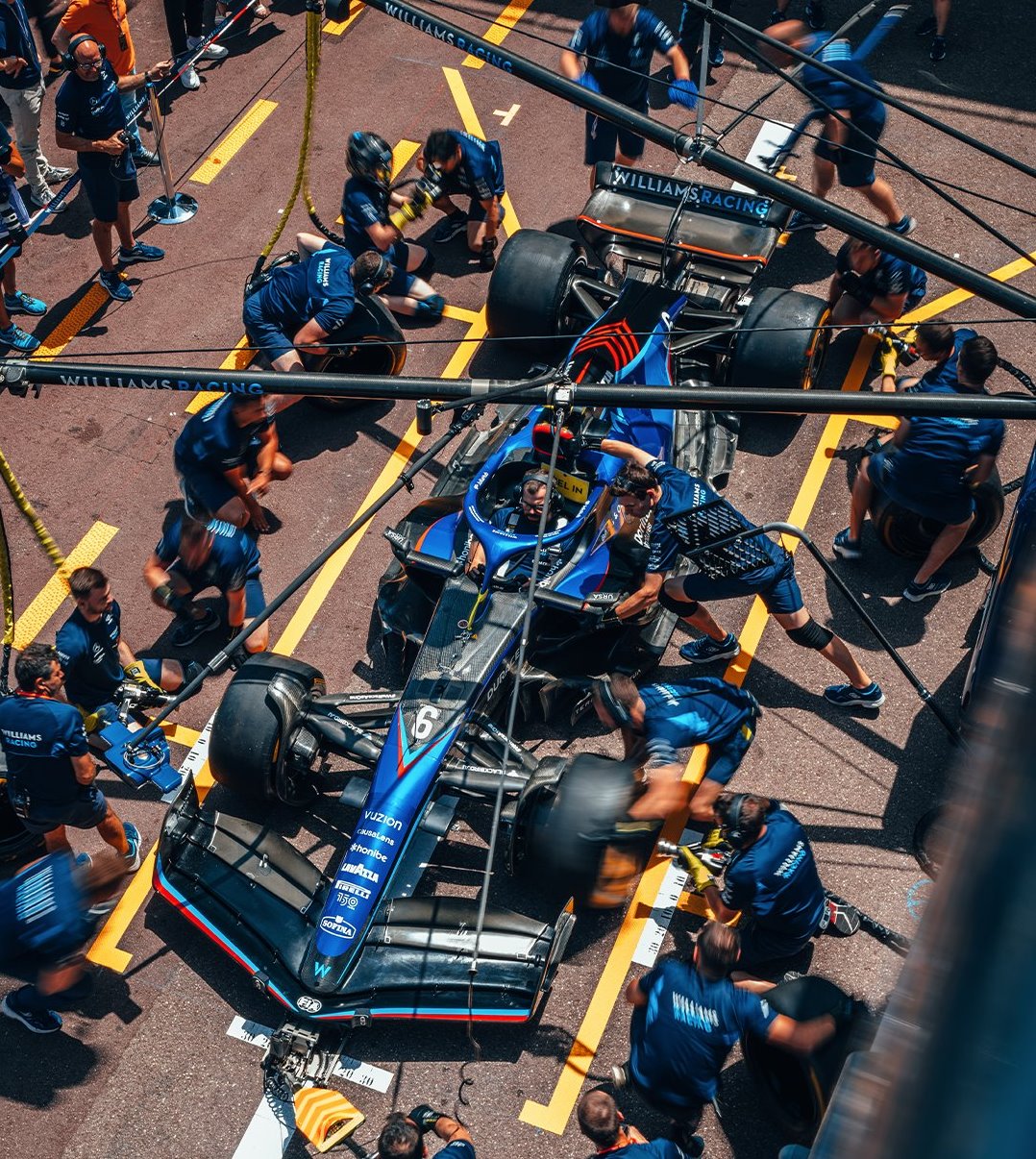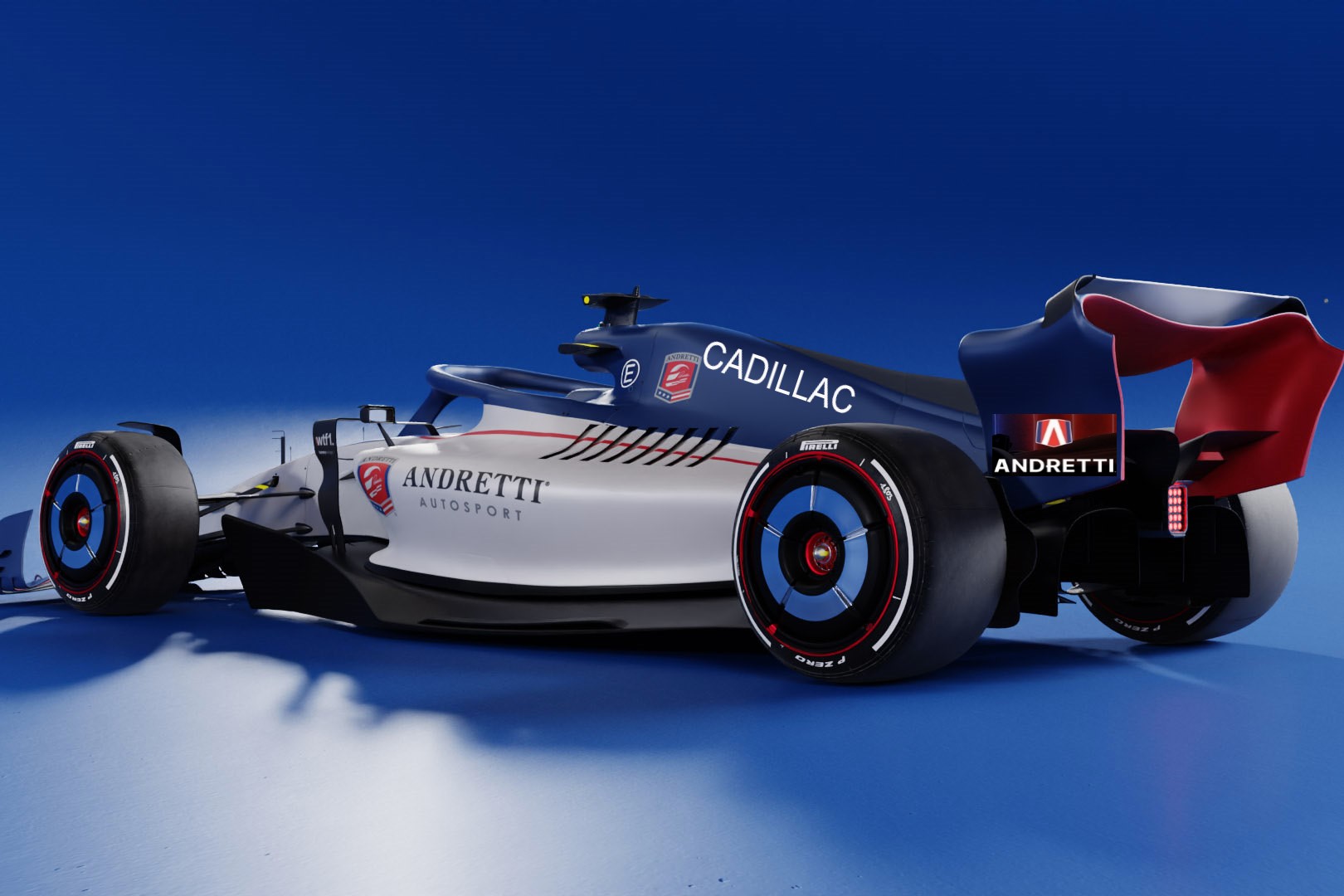F1: Andretti can absolutely construct their F1 car in the USA – here’s how (Update)
Michael Andretti, during the Cadillac announcement, mentioned that they had already hired their Technical Director.
That’s all well and good but he is not the one that designs a fast race car.
As we mentioned below, that falls on the Chief Design Engineer and the Chief Aerodynamicist.
The Technical Director role is split between overseeing development at the factory and managing the operations at the track, and not as much on designing the fastest car possible.
Michael Andretti will need to hire the best Chief Design Engineer and the Chief Aerodynamicist, and it would be prudent for those people to have recent F1 experience.
January 11, 2023
There has been a lot of talk about how Andretti could possibly design and build their F1 car in the USA when all the F1 design talent and manufacturing exists in Europe.
Andretti could try and do 90% of the car in the USA, or outsource or buy portions from entities in Europe. They cannot do 100% of the car themselves because some parts must be purchased from an FIA supplier.
When you understand the FIA rules, you can see how Andretti, even though his shop will be in Indiana, can build a car themselves using some parts made by them, some by a 3rd party located elsewhere in the world, some using FIA specified suppliers, and some from other teams.
The trick is what portions do the Andretti team do themselves to gain a competitive advantage, versus which do they buy because someone else can do them better or cheaper.
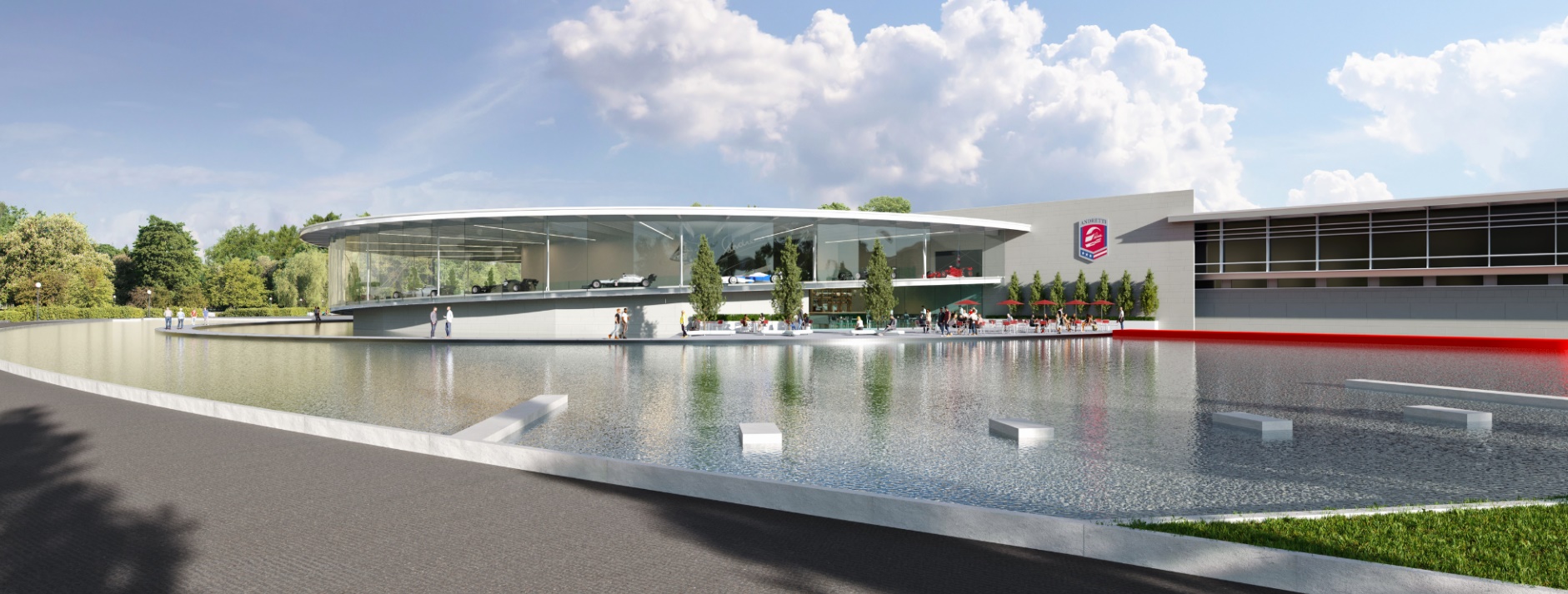
The FIA rules define what parts of the car Andretti must design and build themselves, and which can be bought from other 3rd parties.
There are now four formal parts designations that apply to all parts of the car outside of the power unit, which is covered by its own specific FIA rules.
In this article, we will focus on everything except the power unit.
These are:
- Listed Team Components (LTC),
- Transferrable Components (TRC),
- Standard Supply Components (SSC)
- Open Source Components (OSC).
Listed Team Components (LTC)
These include:
- Aerodynamic components designed within the FIA rule book
- Front impact structure that meets FIA crash test requirements
- Fuel bladder that meets FIA requirements
- Plank assembly
- Survival cell and primary roll structure that meet FIA crash test and strength requirements
- Wheel drum and drum deflector
These are “components whose design, manufacture and intellectual property is owned and/or controlled by a single competitor or its agents on an exclusive basis” and not taken from another team. This means the Andretti team can:
- Design and manufacture these in-house, or
- Design them in-house and have them manufactured by a 3rd party exclusively for them, or
- Outsource both the design and manufacture to someone like Dallara who would design and manufacture them for Andretti and no one else – i.e. ensuring exclusivity.
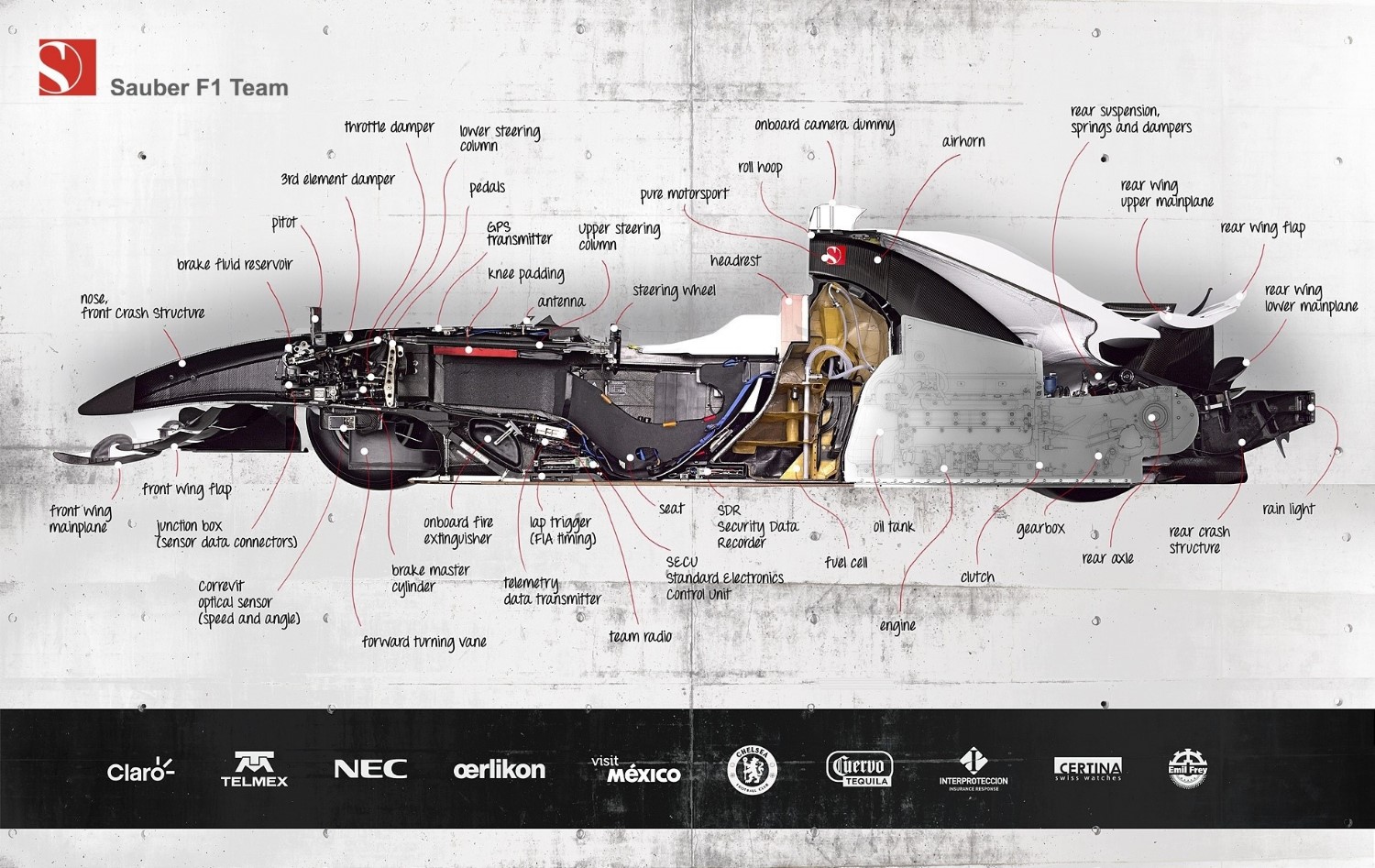
Transferrable Components (TRC)
These are components that competitors or third parties hold the IP of but can supply to other teams. The Haas team, for example, buys many of these components directly from Ferrari, and they are identical to the ones on the current or old Ferrari F1 cars. If they are bought from Ferrari, Ferrari must be using them on their cars either now, or last year’s car for example.
This means the Andretti team can:
- Design and manufacture these in-house, or
- Design them in-house and have them manufactured by a 3rd party exclusively for them (for example General Motors or Dallara), or
- Buy them from a 3rd party like Dallara who designs and manufactures them for any team who wants to buy them, or
- Buy them from another team, like Haas does from Ferrari. Andretti could, in theory, buy all these parts from the Alpine team
These include:
- Clutch
- Clutch actuation system
- Clutch shaft
- Electrical looms
- Exhaust system beyond turbine and wastegate exits (which are covered by PU rules)
- Front axles (inboard of the contact surface with the wheel spacer) and bearings
- Front suspension members
- Front upright assembly (excluding axles, bearings, nuts & retention system
- Fuel system components not listed as OSC or SSC or LTC
- Gearbox auxiliary components (oil system, reverse gear etc)
- Gearbox carrier
- Gearbox cassette
- Gearbox internals
- Hydraulic manifold sensors and control valves
- Hydraulic pump and accumulator
- Inboard front suspension
- Inboard rear suspension
- Pipes between hydraulic pump, hydraulic manifold & gearbox or engine actuators
- Power assisted steering
- Power unit mountings to gearbox and survival cell
- Rear axles (inboard of the contact surface with the wheel spacer) and bearings
- Rear impact structure
- Rear suspension members
- Rear upright assembly (excluding axles, bearings, nuts & retention system)
- Secondary heat exchanger (in oil and coolant system)
Standard Supply Components (SSC)
These are the parts that are designed and manufactured by a supplier designated by the FIA. These are spec parts used by all teams designed and manufactured by a 3rd party for the FIA to be purchased by all teams. The teams cannot design and manufacture these themselves.
These include:
- Accident data recorder (ADR)
- Biometric gloves
- Car to team telemetry
- Clutch shaft torque
- Driver radio
- Fuel flow meter
- Fuel system primer pumps, and flexible pipes and hoses
- High pressure fuel pump
- High speed camera
- In-ear accelerometer
- Marshalling system
- Power unit energy store current/voltage sensor
- Power unit pressure and temperature sensors
- Rear lights
- Standard ECU
- Standard ECU FIA applications
- Timing transponders
- Tire pressure sensor (TPMS)
- Tires
- TV cameras
- Wheel covers
- Wheel display panel
- Wheel rims
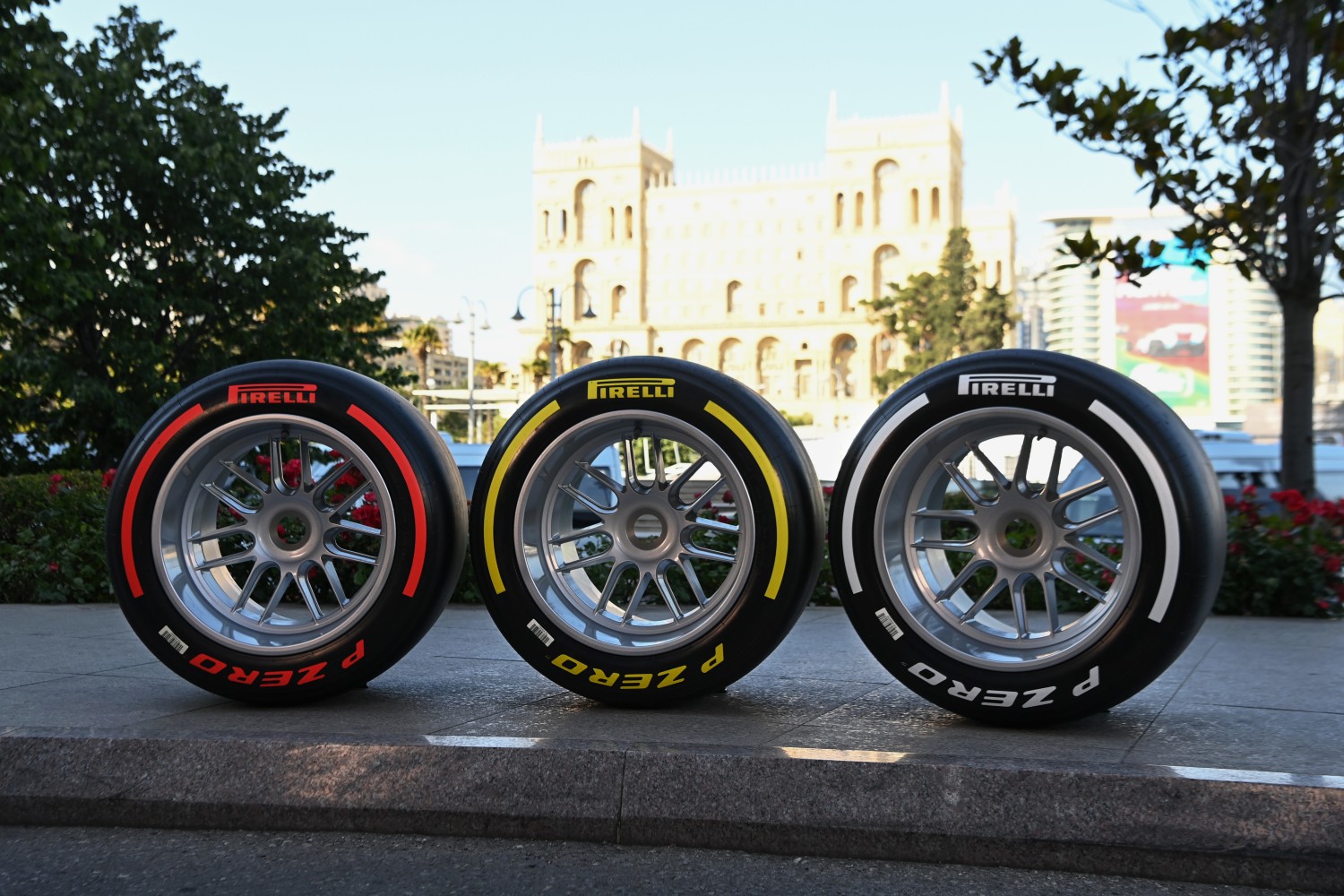
Open Source Components (OSC)
Components whose design and intellectual property is made available to all teams. Teams are allowed to manufacturer them as designed, or modify the design of these parts because they feel they can do it better. However, if redesigned, the redesign must be made available to all teams.
This means the Andretti team can:
- Download the design of a component and manufacturer it as designed. They could manufacture it in-house or have it done by a 3rd party, or
- Download the design of a component, redesign it because they have a better design idea, then upload the redesign specification and any subsequent modifications to an FIA server that can be accessed by all teams, or
- Download the design of a component, have say, GM or Dallara, redesign it for them, then upload the redesign specification and any subsequent modifications to an FIA server that can be accessed by all teams
- For Nos 2 and 3 above, these components can either be manufactured in-house by the Andretti team themselves, or manufactured by a 3rd party.
These parts include:
- Brake calipers
- Brake disc, disc bell, and pad assembly
- Brake master cylinder
- Driveshaft
- Fire extinguishers
- Front axles (outboard of the contact surface with the wheel spacer), nuts & retention system
- Front floor structure
- Fuel collector
- Fuel system
- Fuel system hydraulic layout
- Pedals
- Rear axles (outboard of the contact surface with the wheel spacer), nuts and retention system
- Rear brake control system (brake by wire)
- Rear wing adjuster (DRS)
- Steering column
- Steering wheel and quick release
- Water drink system
Conclusion
So, as laid out by the above discussion, the Andretti team has many ways to do their F1 car. It is up to them to strategically decide what they will design and manufacture themselves, and what they will buy elsewhere or have others design and manufacture exclusively for them.
Being located in Indiana, of course, means a larger distance between suppliers that are in Europe, so time must be managed when something is needed quickly. That’s where being located in Europe would help.
It is this critical planning when designing their new car each year that will determine how fast the car will be relative to the others. The team’s Technical Director, Chief Aerodynamicist, and Chief Design Engineer are the key critical thinkers in how the overall car will be designed, manufactured.
The Technical Director role is split between overseeing development at the factory and managing the operations at the track, and not as much on designing the fastest car possible. They falls on the Chief Design Engineer and the Chief Aerodynamicist.
The Chief Design Engineer could be an Andretti employee, or they could outsource that job to, for example, Aldo Costa (the greatest F1 design engineer of all-time) who works at Dallara, who would fill that role exclusively for the Andretti team sitting in his office at Dallara in Parma, Italy but in constant communication with the other design engineers located in the USA.

He would lead all aspects of the design team exclusively for Andretti, set the overall design philosophy of the car, then either design some himself or guide the engineers sitting in the USA on what he is looking for and have them do the design of a component that he would then review and either approve or reject.
The Chief Design Engineer is not a dictator. The design of a car is a group effort between all the design engineers, who have almost daily meetings to bounce ideas around and decide what is the best approach. However, it is the Chief Design Engineer, who has the most experience in the team, who sets the general direction and makes the critical decisions. He along with the Technical Director will make sure it all gets done with the F1 cost cap in mind.
If they buy as many parts of the car from others, chances are they may save money, but the car may run at the back of the field because they are not gaining a competitive advantage by designing something better than the other teams could buy.
The best teams in F1 – Red Bull, Mercedes, Ferrari – design and manufacture as much of the car themselves as the rules allow, using the best engineers they can hire, in the hope they end up with the fastest car on the grid.
However, the car is not the only critical part of a team, although one can argue it is the most important.
There are many other people employed by an F1 team that play key roles in a team’s success, for example:
- the Drivers
- the Strategists
- the Pit Crew
- the Mechanics
- the Software Engineers who write custom code to give the team an advantage,
- the IT Department who keep all the high-powered computers and networks running
- the R&D department
- Commercial Director who lands sponsors for the team
- the Traveling Team who gets everything from race to race and setup
- Simulation Team dedicated to operating, maintaining and running the wind tunnel
- Manufacturing Team
- Test and Development Team
- Logistics and Hospitality
- PR and Communications
- Race Car Prep team – a team of highly skilled mechanics that work on the cars away from the track, stripping them down when they return, cleaning them up, replacing parts that have passed their life limit and rebuilding them for the next race.
An F1 team directly involves between 500 and 1,000 people – as many as the cost cap will allow.
Mark Cipolloni (aka Mark C.) reporting for AutoRacing1.com
